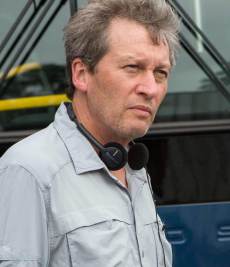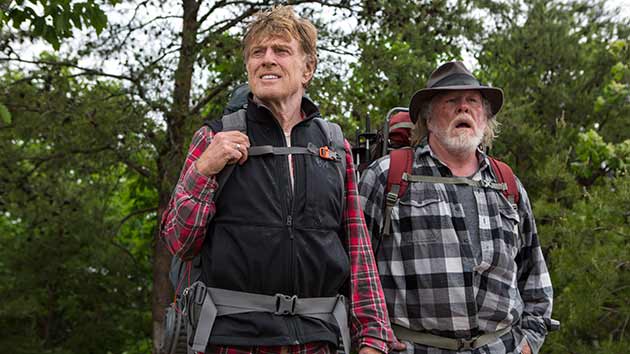
Mixing Film and Digital, Working with Redford and Nolte, and Eschewing Beauty Shots On and Off the Appalachian Trail
After considering several directors over the decade that he spent acquiring, developing, shelving, and then re-considering producing and starring in the film adaptation of author Bill Bryson’s 1998 book, A Walk in the Woods, Robert Redford finally settled on film and television veteran Ken Kwapis (Big Miracle, He’s Just Not That Into You, Sisterhood of the Traveling Pants, among others). During a recent conversation, Kwapis explained that he was greatly attracted to the true story about how two estranged chums, Bryson himself (played by Redford), and a long-forgotten cohort from earlier adventures in his life, Stephen Katz (played by Nick Nolte), go on a strange adventure together hiking the famed Appalachian Trail long after they are past their primes, and end up learning something about themselves, life, and friendship.
But Kwapis pointed out that he also saw other kinds of connections between Redford, the story, himself, and his own team that made A Walk in the Woods, which opens wide in September, too attractive to pass up. In particular, Kwapis was excited to bring along cinematographer, John Bailey, ASC, with whom he has shot six motion pictures, to help meet the production’s many challenges. Bailey, of course, had shot Redford’s directorial debut, Ordinary People, in 1980, and Kwapis says their “reunion” made the filmmaking collaboration even more special.
“I thought it was important that [Bailey] shoot this film with Robert Redford because he photographed [Ordinary People],” Kwapis says. “That film was also one of John Bailey’s first films as a DP. It turned out to be a wonderful reunion for the two men. They had not worked together since then. But I thought it was important they reconnect, especially on a film about two old friends reconnecting. What I admire about John’s work is that he is one of the last great specialists in what I would call sort of the very expressive realism—he tries to avoid impossible camera angles, and he loves nothing more than the chance to light the human face in a way that is utterly realistic, and yet utterly expressive.”
In his conversation, Kwapis discussed collaborating with Bailey to shoot the movie, both on locations and stages in Atlanta dressed to resemble the Appalachian Trail, and on portions of the actual Trail with a smaller unit, their push to shoot large parts of the movie on 35mm film, lessons learned working with Redford and Nolte, and much more. To enjoy their conversation, watch the video below or, to download an audio-only MP3 version, right-click here.
Crafts: Shooting
Sections: Creativity
Topics: Podcast Podcasts from the Front Lines Project/Case study Avid editing media composer roger barton
Did you enjoy this article? Sign up to receive the StudioDaily Fix eletter containing the latest stories, including news, videos, interviews, reviews and more.









